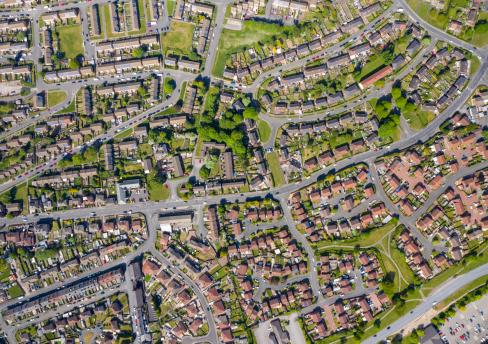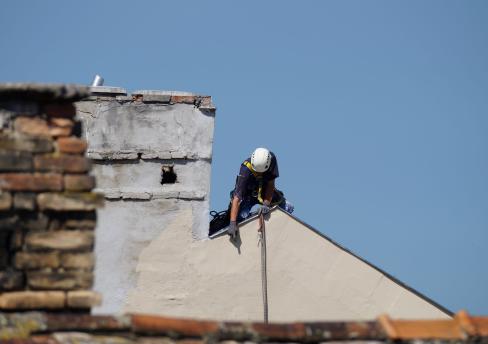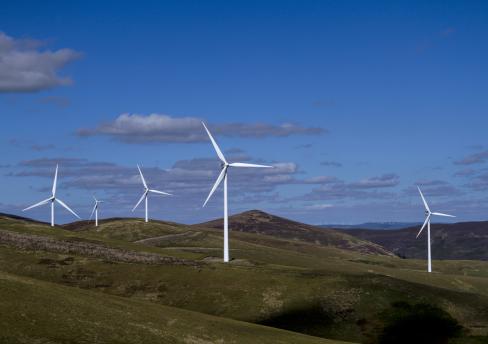Due to the outbreak of COVID-19 and the resulting lockdown, many UK residents found themselves spending significantly more time at home. I was one of the many people in the UK who discovered a passion for DIY, and one of my favourite projects involved repurposing an old wooden box (previously used to hold six bottles of Dow's Port) into a trendy footstool.
This growing trend of "upcycling" and "turning trash into treasure" got me thinking - what is "waste"? What is the purpose of bringing waste "back to life"? If waste is brought back to life, at what point does it stop being "waste"? Does any of this even matter, and if so, why?
With my head full of questions, and with plenty of time still on my hands, I started looking for answers.
What is the relevant legislation?
I quickly discovered that there is a legal framework in place for regulating such matters. The revised Directive 2008/98/EC ("Waste Framework Directive") lays down the basic concepts and main principles relating to waste management. The Waste Framework Directive covers a huge area of law, and this will undoubtedly be my first of many articles relating to its provisions.
But returning to my initial queries, Article 6 of the Waste Framework Directive proved very informative, laying down 'end-of-waste' criteria which must be satisfied in order for waste to cease to be waste.
Specifically, Article 6 (1) provides that certain specified waste will no longer be waste where it has undergone a recovery (including recycling) operation and the substance or object:-
- is commonly used for specific purposes;
- has an existing market or demand;
- fulfils the technical requirements for the specific purposes and meets the existing legislation and standards applicable to products; and
- will not lead to overall adverse environmental or human health impacts.
What is the importance of the 'end-of-waste' criteria?
That such a framework exists is hardly surprising - the question of when waste ceases to be waste has important implications.
Firstly, from an ethical perspective, where we can we should prevent further utilisation of raw materials where an existing waste stream can provide adequate resources. This will enable us to retain the Earth's natural resources, which can only be a good thing.
Secondly, from a practical perspective, where an existing waste stream has been converted into a product, it would be problematic if the product continued to be regarded as waste and was therefore subject to waste management controls. This is significant in the context of prioritising recycling and recovery over utilisation of raw materials.
How is the framework applied in practice?
In England and Wales, R (on the application of OSS Group Ltd) v Environment Agency and others (2007) is considered the most authoritative case on when waste ceases to be waste. The Court of Appeal's judgement can be adapted to lay out a general test:-
"Is the product that has been derived from waste a distinct, marketable product, which can be used in exactly the same way as an ordinary product made or derived from non-waste materials, and with no worse environmental effects?"
This test corresponds in all essential respects with the end-of-waste criteria under Article 6 (1). Whilst Scotland is a separate legal jurisdiction, in my view this case would be considered persuasive in determining whether a product has met the end-of-waste criteria. However, it should be noted that all cases will be dependent upon their particular facts and for this reason there has been no development of a single test by the Court of Justice of the European Union. This seems sensible, as new technologies continue to develop which may render any test not fit for purpose.
As technologies continue to develop, and case law responds to these changes, this is an area of law which will continue to develop in the upcoming years.
In the end, I decided not to dwell about at what point between the consumption of port and the production of a piece of furniture my box went from "trash" to "treasure". The footstool looks great in my living room and I love it.
We at Morton Fraser have created an Environment and Climate Change Unit, which places us in a good position to react to changing legislation. As a unit we want to reach out to others working in the field of Environmental and Climate Change Law and help to play our part in collectively shaping the agenda.
If you would like to join this conversation please contact me at Isabel.MacSwan@morton-fraser.com. We plan to host discussions and would be pleased to include you.
The content of this webpage is for information only and is not intended to be construed as legal advice and should not be treated as a substitute for specific advice. Morton Fraser LLP accepts no responsibility for the content of any third party website to which this webpage refers. Morton Fraser LLP is authorised and regulated by the Financial Conduct Authority.










